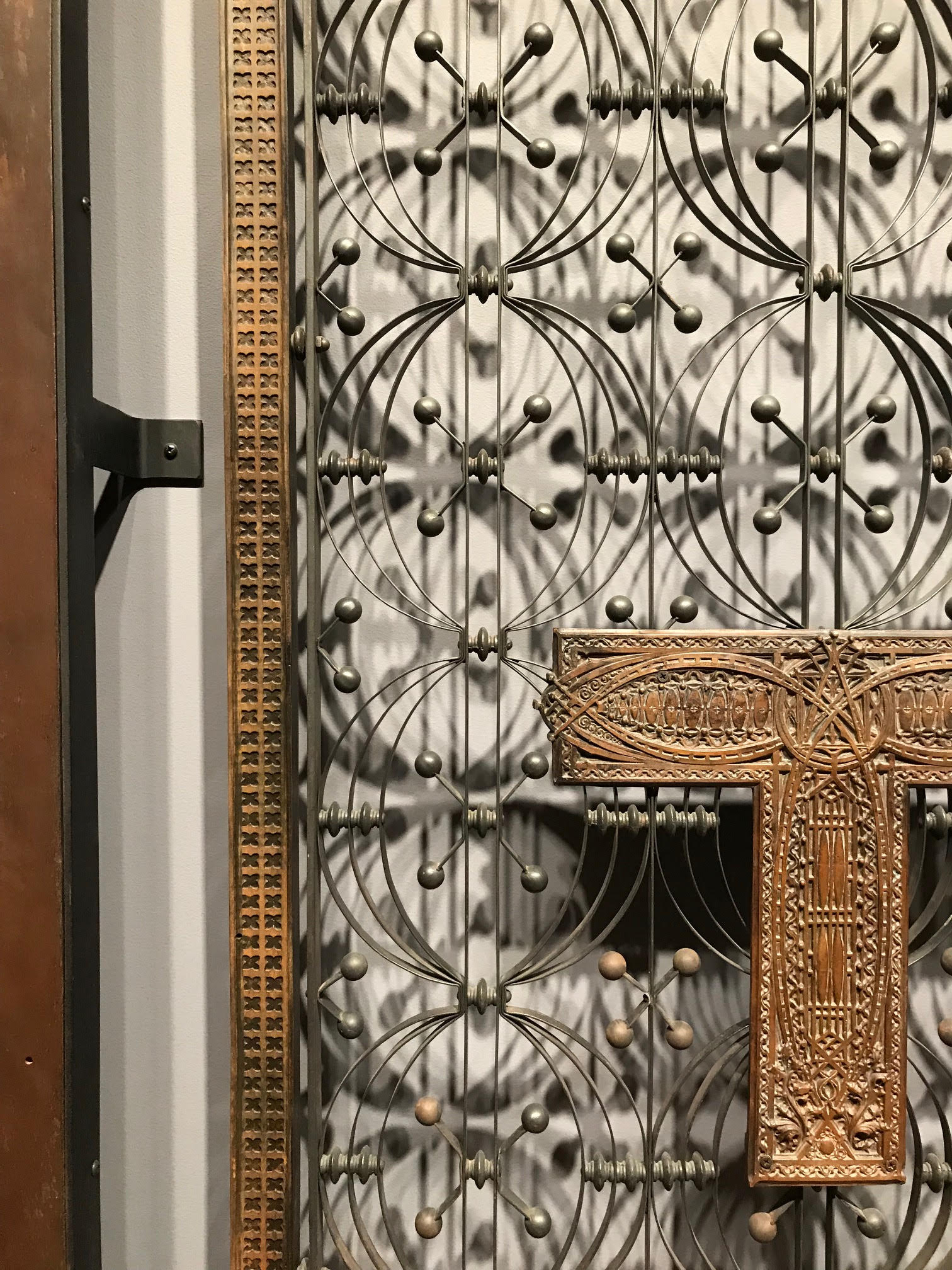
Louis Sullivan was an American architect and is often referred to as the “father of modernism.” He lived during the late 19thand early 20thcenturies when materials like steel and innovations like the elevator made tall buildings possible. Among his many accomplishments, he was a mentor to the better-known
This is why I find Sullivan’s work so interesting. He was trying to design tall buildings that had never been built before.
There were no true precedents or rules to follow. The work shown here is a detail of a bronze cast decorative screen that enclosed the elevator core in the Chicago Stock Exchange Building. The building was built in 1893 and unfortunately torn down in 1972 during the damaging “urban renewal” effort that swept through the United States at that time. This screen was saved and now resides at the Seattle Art Museum. Experts say Sullivan’s inspirations for the details incorporated in this screen included various plants as well as classic Celtic and Islamic decorative patterns. This element exposed and celebrated the mechanical workings of the elevators — a classic modern idea — while simultaneously enclosing them. The question one might ask today is where does the “art” of architecture reside? Is it in the essential way in which spaces are defined, in the decorative elements added to a space, or perhaps both?
